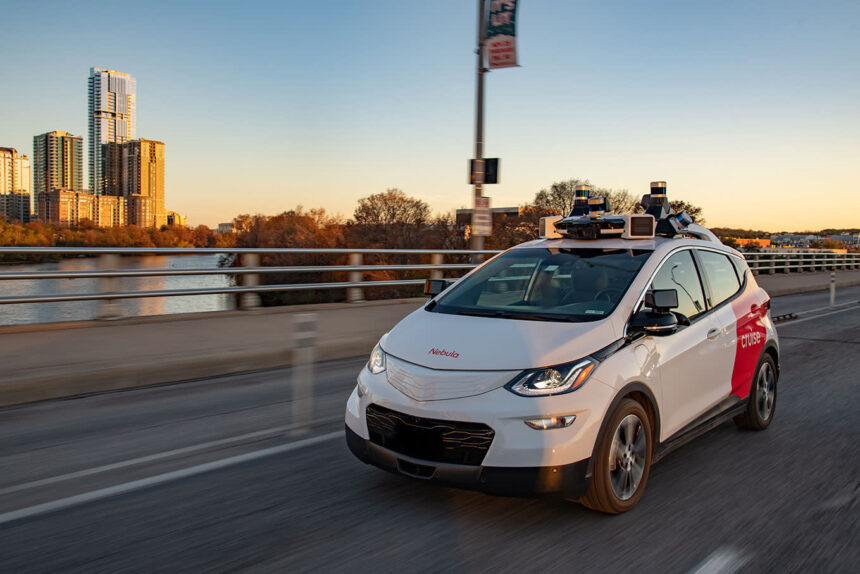Honda Motor Company has officially announced that it will no longer be part of the self-driving taxi partnership with General Motors (GM). This decision comes after GM revealed its plans to discontinue the development of robotaxis at its Cruise joint venture. GM’s move is part of a larger cost-cutting initiative aimed at reducing annual expenses in its autonomous vehicle division from US$2bn to US$1bn by mid-2025.
The decision to withdraw from the Cruise robotaxi business was driven by the significant time and resources required to scale the business, as well as the growing competition in the market. This development marks a shift in the partnership between Honda, GM, and Cruise, which was established to offer driverless taxi services in Japan based on Level 4 autonomous driving technologies. The joint venture was set to launch commercial operations in early 2026 pending regulatory approvals.
As part of its exit strategy, Honda also plans to sell its minority stake in GM’s Cruise joint venture back to the US automaker. Despite Japan’s aging population and staffing shortages in the transportation sector, the country has lagged behind the US and China in deploying driverless taxis.
This move highlights the challenges and uncertainties in the autonomous vehicle industry, with companies like GM reassessing their strategies to stay competitive and meet evolving market demands. As the landscape continues to evolve, it will be interesting to see how other players in the industry adapt and innovate in response to these changes.







